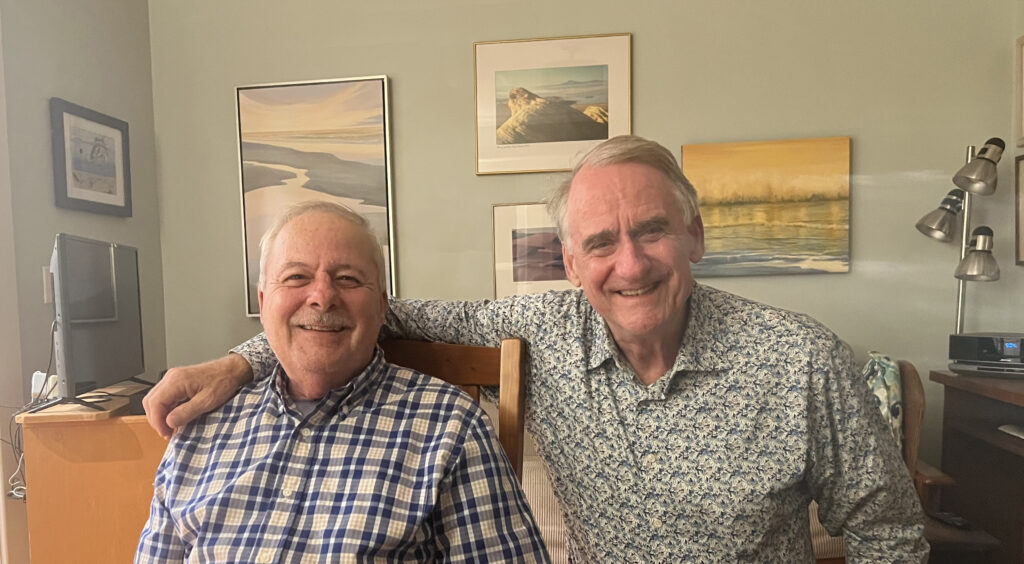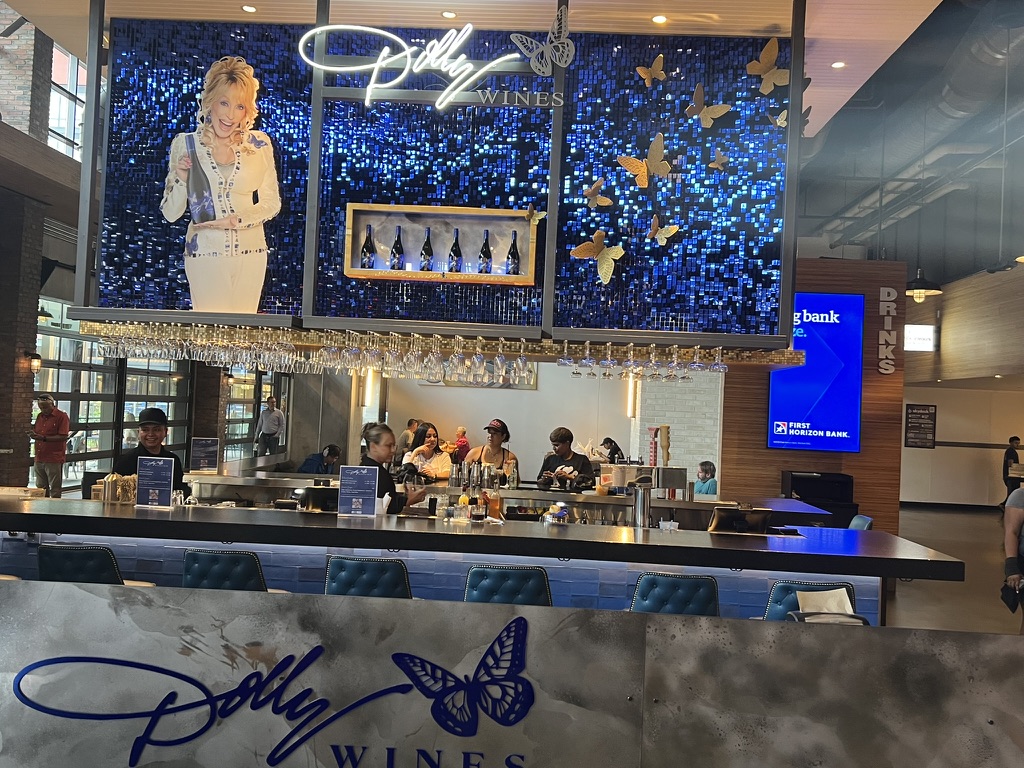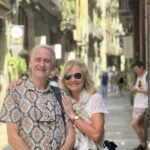After six years in Brittany, comfy years in a cozy granite cottage near Saint-Malo, nestled with Callie, our pretty calico cat, among woods and cornfields, Lisa and I have been considering moving house.
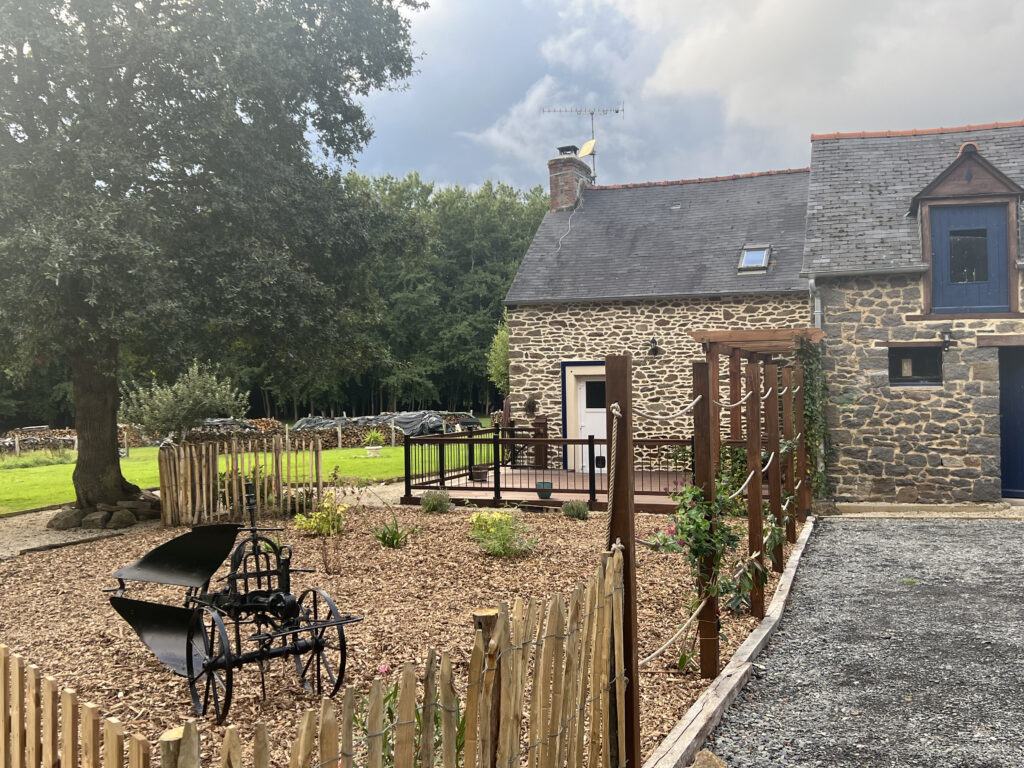
That would be a serious move. We have finally settled in, after years of renovations – a new kitchen, water heater and fireplace were highlights – culminating in a new garden landscaped behind the new deck. But, partly because we often were away for weeks at a time, we never really found our community. Medieval dance was fun, for example, but we missed more advanced steps whenever we went away, and finally lost the thread.
We’ve been thinking about moving house for a couple of years already, maybe to be closer to Paris, maybe somewhere else in Europe. Recently, the good old USA came into the picture.
Having lived in France for six years makes it harder to romanticize the place. Of course, the ancient marvels – Mont-Saint-Michel and Notre Dame, for example – beautify our lives. But France’s increasing political instability, almost Greek-level national debt and stretched healthcare are all problems. When a country is broke, non-citizens are logically the first to pay the price, and we are non-citizens. I was diddled out of my first 15 months of French pension, and would never have recovered it without the help of Bâtonnier Bernard Vatier, formerly head of the Paris Bar. It took nine months to find a dermatologist who could remove a basal cell carcinoma.
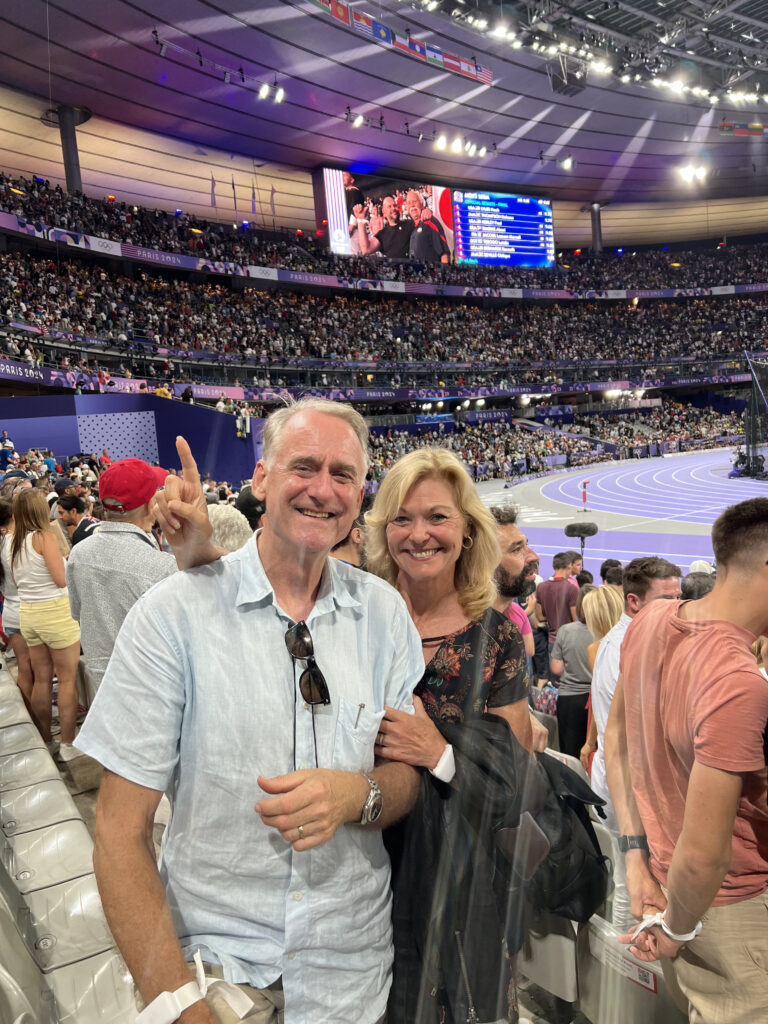
Other problems include frequent civil disturbances – it’s hard to predict when train strikes will occur or where “yellow vests” or farmers will block highways – and occasional sickening violence. Not on an American scale, of course, but still. Several Charlie Hebdo journalists were assassinated in their own office because they dared to publish a cartoon mocking Islam – the origin of the “je suis Charlie” cries of support – and Samuel Paty, a high school civics teacher, was decapitated because he showed his class a cartoon mocking Islam in the context of a lesson on freedom of speech.
Then again, from a distance many of the changes in the US over the last ten years have been pretty off-putting. The tone of political dialog has become louder and more stupid. A Berkeley hippy 50 years ago, I still believe in the same things, tolerance, robust debate, looking after the unfortunate.
But nowadays, unless you say everything that you’re supposed to say, that’s it, you’re out. Having dominated Twitter and excluded the MAGA right from it for years, the left migrated en masse to BlueSky when Elon bought Twitter and rechristened it “X.” They were afraid that he would do the same to them, exclude them, but he did not, and they still stayed away in droves. Teenagers regularly cancel their own parents, whom they equally regularly call “toxic.” How dare they try to raise children who already know it all! Friends demand at times almost total allegiance to their mantra of the moment. It’s just not workable for my old-fashioned liberal spirit.
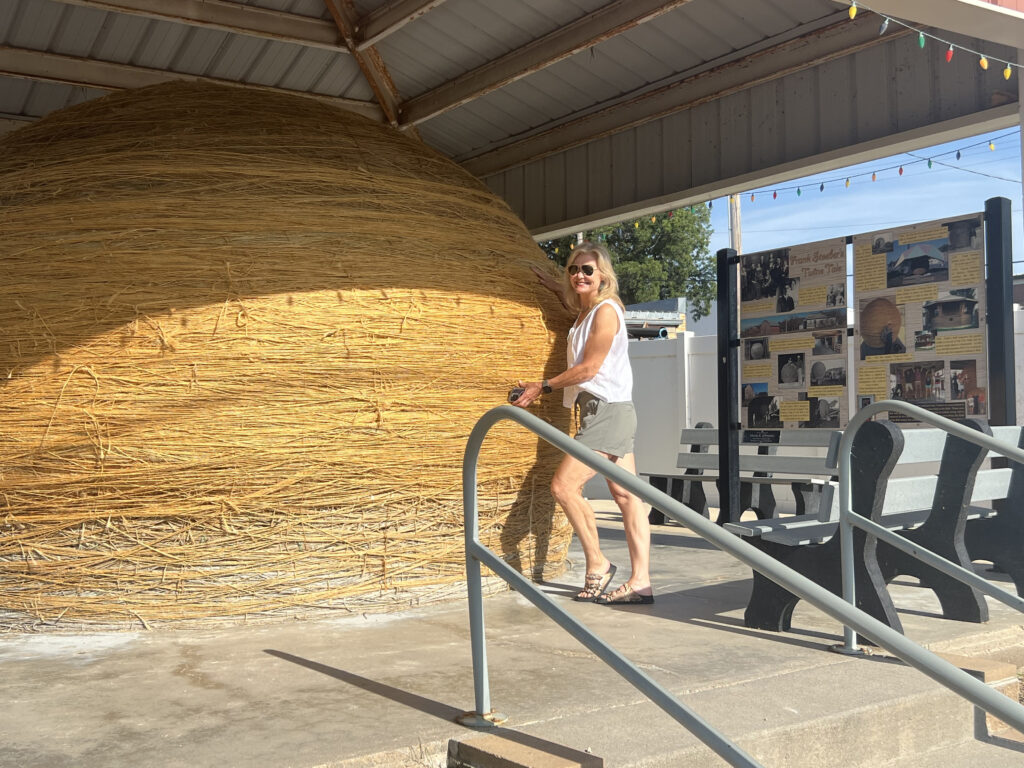
A trivial personal example: a couple of years ago, I was cancelled by an American Facebook group run by Ted Paradise, a law school classmate. Really! Here’s Ted informing me that I was gone: ”we have come to be a pretty cohesive group. I’m afraid you have managed to upset many of them with some of your views, and how you express them. So, basically, you don’t seem to fit in that group.” Well, gosh!
Ted wouldn’t give me any specifics, but I had recently expressed doubts about the wisdom of allowing men to compete in women’s sports. In this group’s eyes, such common sense was apparently seen as “transphobic.” It’s true that I’m not in favor of cheating, misogynistic bullies. Many men competing with women are just that!
Wanting to see beyond clearly biased news media and often hysterical social media, Lisa and I decided to spend a long vacation meeting people and checking out USA 2.0 in person. Might we really want to return?
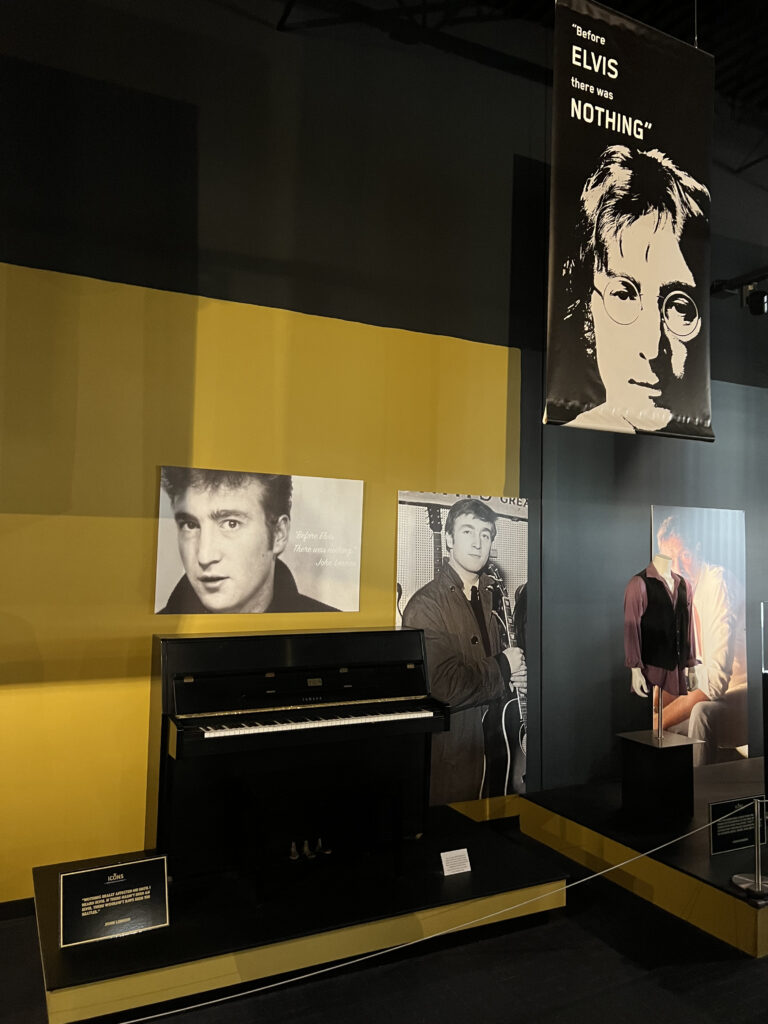
Starting out with a bang, we drove from San Francico Bay to New Haven, Connecticut, over 3,500 miles in 14 days and 13 nights. Never a dull moment.
In order, we spent the night in Winnemucca, Nevada; Park City, Utah; Steamboat Springs, Colorado (two nights); Limon, Colorado; Salina, Kansas; St Louis, Missouri (two); Cape Girardeau, Missouri; Jackson, Tennessee; Knoxville, Tennessee; Bridgewater, Virginia; and Danbury, Connecticut. Before we started, we had never heard of six of those towns!
That’s how we travel: randomly, at times impulsively. We drove where the whim took us: following the path that Lisa followed bicycling over the Rocky Mountains 30 years ago, over Rabbit Ears Pass (9,426 ft) and Berhout Pass (11,307 ft); checking out the world’s largest ball of twine in Kansas; sampling the music scenes in Memphis and Nashville, which of course included visiting Elvis Presley’s Graceland, an amazing memorial to one of the founders of rock’n’roll; exploring Hannibal, Missouri’s old downtown, dedicated to its most famous son, Mark Twain; and spending a couple of hours in the Steamtown National Historic Site in Scranton, Pennsylvania, a museum of old steam locomotives, some of which still run!
Connecticut, where we are based for a couple of months, has not proved as welcoming as the “flyover States” – that’s what the coastal elites call them – that we drove through. People don’t smile much, rarely look you in the eye, and go through red lights way too often. Yale Law School denied me, an alumnus, the right to enter the premises to look around, chat with current students and do a little First Amendment research: they call that security, but it looks more like paranoia to me. Signing in and leaving a driver’s license at the main entrance would have provided adequate security.
Lisa and I decided to drive down to North Carolina, to see if we could find more community in the South. Lisa has a cousin living on the coast there, and I have John Paul Roy in Greensboro. His sister Jean and I did a high school student exchange in 1970, and the Roy family lit the fire of my love for the US. Very kind, solid people.
Of course, John Paul still is that kind of man, and the people we met in North Carolina were uniformly welcoming and pleasant. We ate dinner our first night at an eclectic restaurant named Daryl’s Wood-Fired Grill which offered wild decorations – our table was in a converted elevator – friendly customers and staff, and Margarita flights. Which of course I had to try! When Lisa ran in the local park, almost everyone she passed smiled or said hello – very different from New Haven.
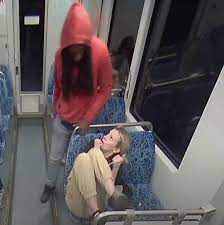
Unfortunately, the State also showed us a little of the modern American political passion play. In August, a paranoid schizophrenic named DeCarlos Brown Jr. stabbed and killed Iryna Zarutska, a pretty 23 year-old Ukrainian refugee, on a light rail train in Charlotte. The whole scene was captured on CCTV and rebroadcast for days. It finishes with the poor woman motionless, with her hands hiding her eyes as if she was in tears, gently rolling in one motion on to the seat beside her and down to the floor.
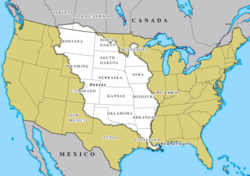
That was bad enough: enter both the political left and right playing their roles. On the left, Charlotte’s Mayor Vi Lyles demanded the same “compassion, diligence and commitment as cancer and heart disease” for Brown, the murderer. The right, in the person of the US Attorney General Pam Bondi, stated that the murder was the “direct result of failed soft-on-crime policies that put criminals before innocent people.” Both sets of politicians used Iryna, the victim, first and foremost to support their respective causes. Sympathy for the victim was almost an afterthought. Both sides lack basic humanity here.
We moved on to Charlottesville, Virginia, to visit Monticello, the home of Thomas Jefferson, the US’s third President and a great francophile. The town also features the University of Virginia (founded by Jefferson himself) and a funky downtown which reminded us of Santa Cruz.
This time, it was the guided tour of Monticello which included more political role playing. The fact that Jefferson owned slaves and fathered children with one of them, Sally Hemmings, after his wife died young, was the center of the tour, addressed several times by the guide and by visitors asking him questions. In modern terms, such behavior would be disgusting and intolerable, but 250 years ago? Can we judge people back then by our current cultural norms?
The guide did mention that Jefferson was the third President of the United States and that he successfully and cheaply doubled the size of his fledgling country with the Louisiana Purchase.
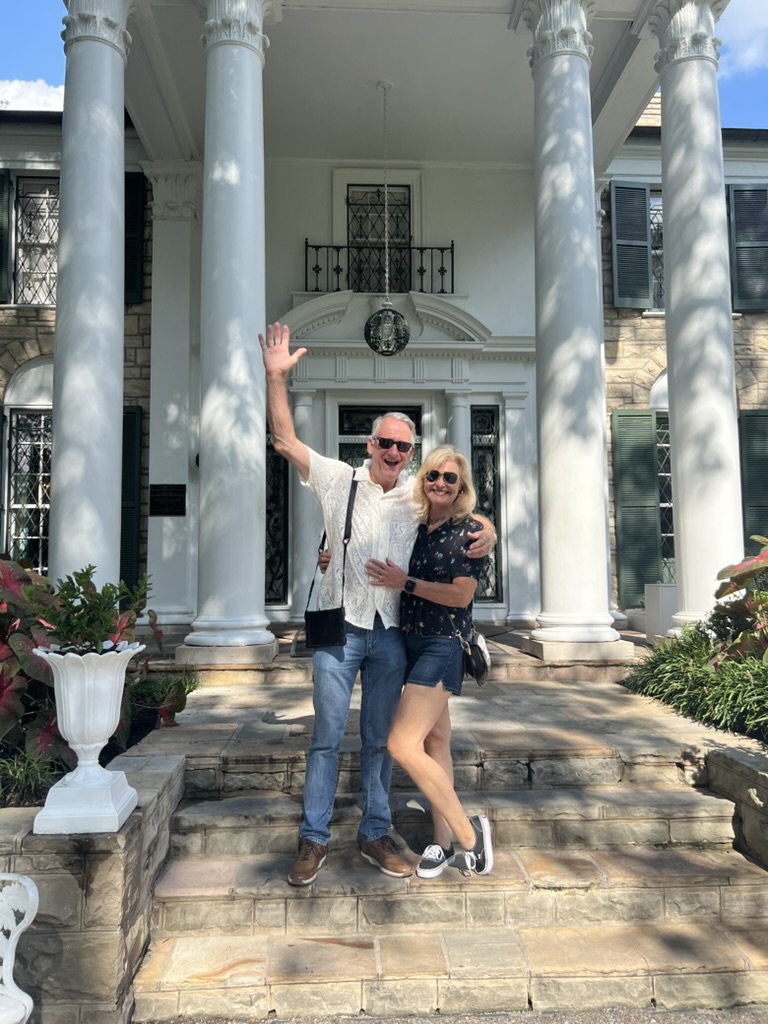
and we are going to Graceland” Paul Simon, from his best album.
His role as principal draftsman of the US Declaration of Independence signed on July 4, 1776 was also mentioned. “We hold these truths to be self-evident, that all men are created equal, that they are endowed by their Creator with certain unalienable rights, that among these are life, liberty, and the pursuit of happiness.“. What an inspired goal! How did that Declaration ever get adopted by a committee?!
Little mention was made of the Virginia Statue for Religious Freedom, which Jefferson also drafted. It guaranteed freedom of religion to people of all religious faiths. The statute was enacted in 1786, framing the Establishment and Free Exercise Clauses of the First Amendment, enacted in 1791. Separate Church and State!
We visited Harrisburg, Pennsylvania next, to check out the Civil War Museum. Current extremists on both sides have been accusing the other of starting another civil war for years already, calling each other Hitler and Nazis with the ease and alacrity of throwing a beach ball back and forth.
Of course, however misguided at times, neither side is anything like Nazi Germany.
The museum houses a marvelously crafted series of multimedia exhibits chronicling the American Civil War and its antecedents. We slowly walked through them: watching abolitionism, the movement to abolish slavery rather than simply free slaves, slowly take hold from its beginnings around 1776; watching slavery become a major issue in the new western States that joined the union after the Louisiana Purchase; watching ever-increasing tension between the slavery States and the others; and finally watching four years of hell unfold after South Carolina seceded from the union and started the Civil War. The presentation was as balanced as it was informative. Four years is a long time to be at war on your own soil.
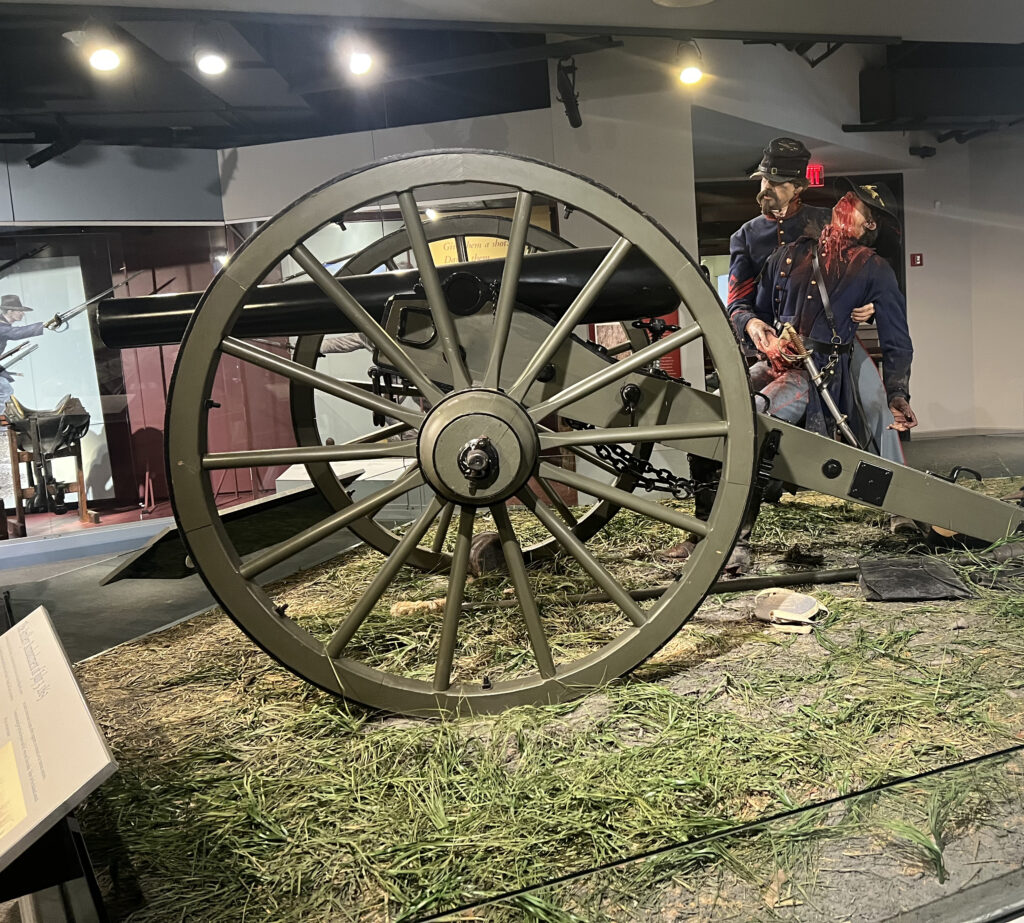
At about the same time, on the same day, Charlie Kirk was murdered in Orem, Utah.
Extremists, particularly on the left, went collectively berserk. I had barely heard of him before then. But the sight of so many cheering this cold-blooded murder, in front of his poor wife, was sickening and disgusting. I tried pointing out the inhumanity of these cheers to a Santa Cruz restauranteur cheering on FaceBook, a guy I liked, and he doubled down. People are losing their minds.
The next phase in this madness was asserting that a Second Amendment advocate, like Kirk, reaped what he had himself sown when he died by gunfire. An Oxbridge educated English friend who lives in the US phrased it thus: “If you live (and monetize) by . . . full-throated Second Amendment fanboying, then… maybe what you put around will come around.” No, absolutely not, no one deserves to be murdered, whatever he feels about the Second Amendment. (It confirms that “. . . the right of the people to keep and bear Arms, shall not be infringed”).
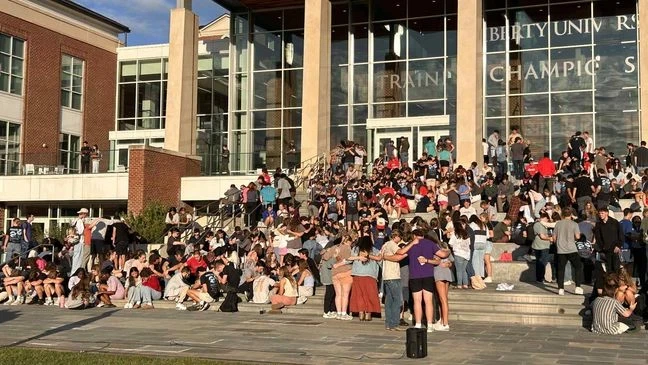
All the extremists, both on the left and right, were so angry and full of hate! Here’s that cultured Englishman again: “Kirk was an asshole. A dangerous, regressive troll, a grifter and racist pushing Christo-fascism and White Nationalism.” Wow! All that!
In their anger, these people are even making up words. Who exactly are Christo-fascists? The young people hugging each other and praying in this photo? No, unlike for George Floyd, no mourning riots occurred for Charlie Kirk.
It is a time of division and passion in the US that reminds me of the late 1960s and early 1970s, when the older generation insisted that their sons to go to Vietnam for Uncle Sam, and the sons responded, loudly and in unison, “hell, no, we won’t go!” The country is built that way, and has grown up that way over 250 years. The fights go on, with wonderful highs like the Civil Rights Acts of the 1960’s, and terrible lows like the assassination of JFK and his brother.
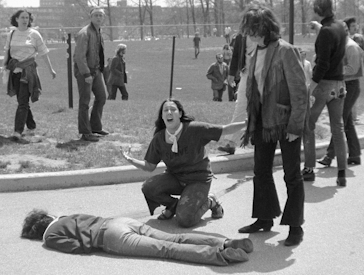
Bobby Kennedy arrived in Indianapolis on his Presidential campaign trail, a few months before he too was killed, to be told that Martin Luther King had been shot. He informed his audience, knowing the emptiness and rage that the news would provoke. While riots and burning erupted in many cities across the country following King’s death, Indianapolis stayed calm.
Perhaps that was in part because his audience knew that Kennedy had lost his older brother the same way. But what he said that night, with no script, must have helped keep the peace: “we have to make an effort in the United States, we have to make an effort to understand, to go beyond these rather difficult times. . . . What we need in the United States is not division; what we need in the United States is not hatred; what we need in the United States is not violence or lawlessness; but love and wisdom, and compassion toward one another, and a feeling of justice toward those who still suffer within our country, whether they be white or they be black.”
Amen.
My first trip to the US was in 1970. After several more visits, I immigrated in 1975. It was a trying time for the country then, as it is now. This immigrant is coming home.


